Recent claims invalid: Emergent Gravity might deliver a Universe without dark matter
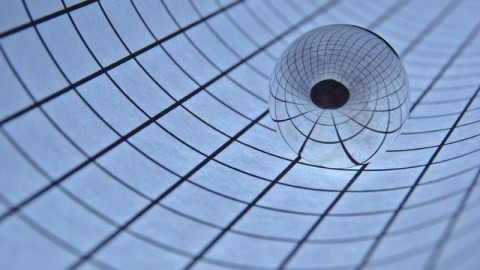
The latest challenger to dark matter’s throne may not be so difficult to knock off, after all.
This post was written by Sabine Hossenfelder. Sabine is a theoretical physicist specialized in quantum gravity and high energy physics. She also freelance writes about science.
“In our description of nature the purpose is not to disclose the real essence of the phenomena but only to track down, as far as possible, relations between the manifold aspects of our experience.” –Niels Bohr
Gravity is one of the four fundamental forces of nature, which means it’s not derived from anything else — it just is. At least, that’s according to our presently accepted theories. But this may be about to change.

Physicists today describe the gravitational interaction through Einstein’s Theory of General Relativity, which dictates the effects of gravity are due to the curvature of space-time. But it’s already been 20 years since Ted Jacobson demonstrated that General Relativity resembles thermodynamics, which is a framework to describe how very large numbers of individual, constituent particles behave. Since then, physicists have tried to figure out whether this similarity is a formal coincidence or hints at a deeper truth: that space-time is made of small elements whose collective motion gives rise to the force we call gravity. In this case, gravity would not be a truly fundamental phenomenon, but an emergent one.
The problem is, if emergent gravity just reproduces General Relativity, there’s no way to test the idea. What we need instead is a prediction from emergent gravity that deviates from General Relativity.
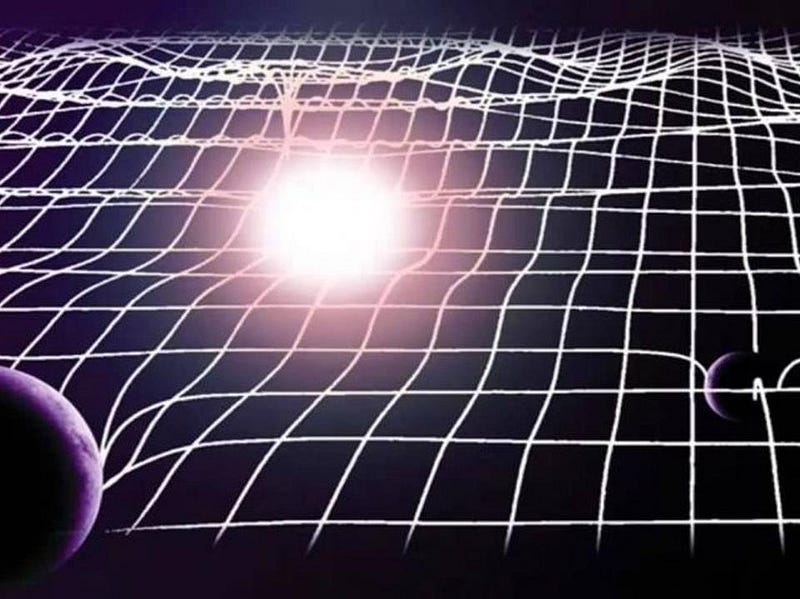
Such a prediction was made two months ago by Erik Verlinde in his new paper. Verlinde pointed out that emergent gravity in a universe with a positive cosmological constant — like the one we live in — would only approximately reproduce General Relativity. The microscopic constituents of space-time, Verlinde claims, also react to the presence of matter in a way that General Relativity does not capture: they push inwards on matter. This creates an effect similar to that ascribed to particle dark matter, which pulls normal matter in by its gravitational attraction.
Verlinde’s idea is interesting and solves two problems that had plagued previous attempts at emergent gravity.
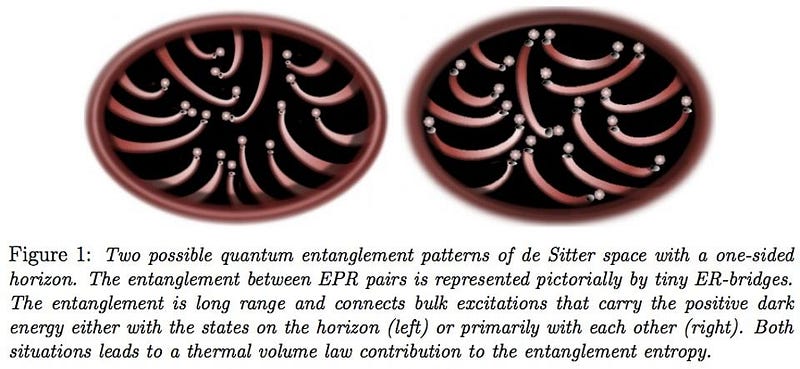
First, he conjectures that the deviations from General Relativity come about because the microscopic constituents of space-time have an additional type of entropy. In the thermodynamic formulation of gravity, the entropy — that is the number of possible microscopic configurations — which a volume can maximally have is proportional to the surface area of that volume. This is also often referred to as a “holographic” entropy because it demonstrates that all what happens inside the volume can entirely be encoded on its surface. The additional entropy that Verlinde introduces instead grows with the volume itself.
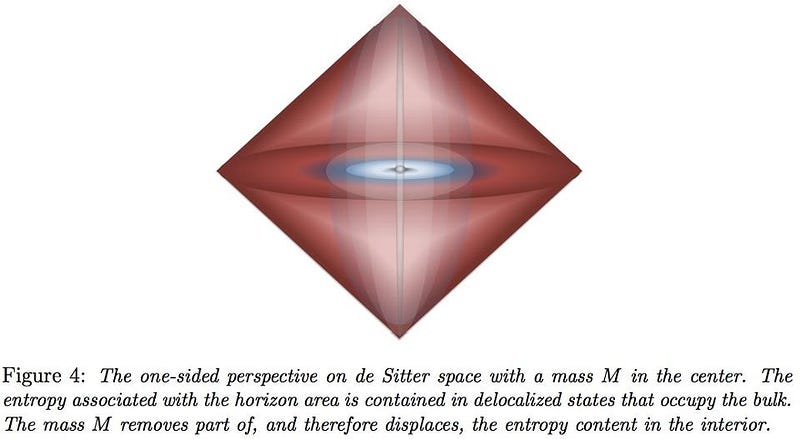
The modification to General Relativity then comes about because matter — so the conjecture goes — reduces the new, volume-scaling entropy in its environment. The entropy decrease leads to a decrease in volume which, in turn creates a force pushing inwards on the matter. This force, Verlinde shows, is similar to the force normally attributed to dark matter — which pulls in normal matter from its additional gravitational mass.
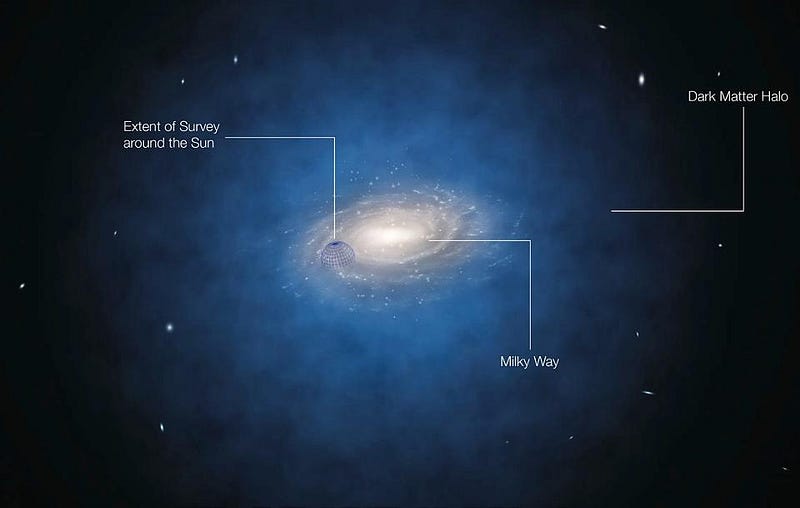
However, the new entropy that Verlinde introduces can’t become less than zero. Therefore, once the additional entropy is entirely depleted, one is left with only the usual, holographic entropy and gets back ordinary General Relativity. This happens in systems with a comparably high average density, such as solar systems. On galactic scales however, the modification to General Relativity becomes noticeable, and manifests itself as apparent dark matter. This solves a serious problem with many modifications of gravity which usually work well on galactic scales but not on solar system scales.
Second, Verlinde’s idea explains a previously noted numeric coincidence. In modified gravity scenarios, the departure from General Relativity becomes relevant at a particular acceleration scale. That scale turns out to be similar — on the same order of magnitude — to the temperature of de-Sitter space, which is proportional to the (square root of the) cosmological constant. In the new emergent gravity model, this relation follows because the apparent dark matter is, in fact, related to the cosmological constant.
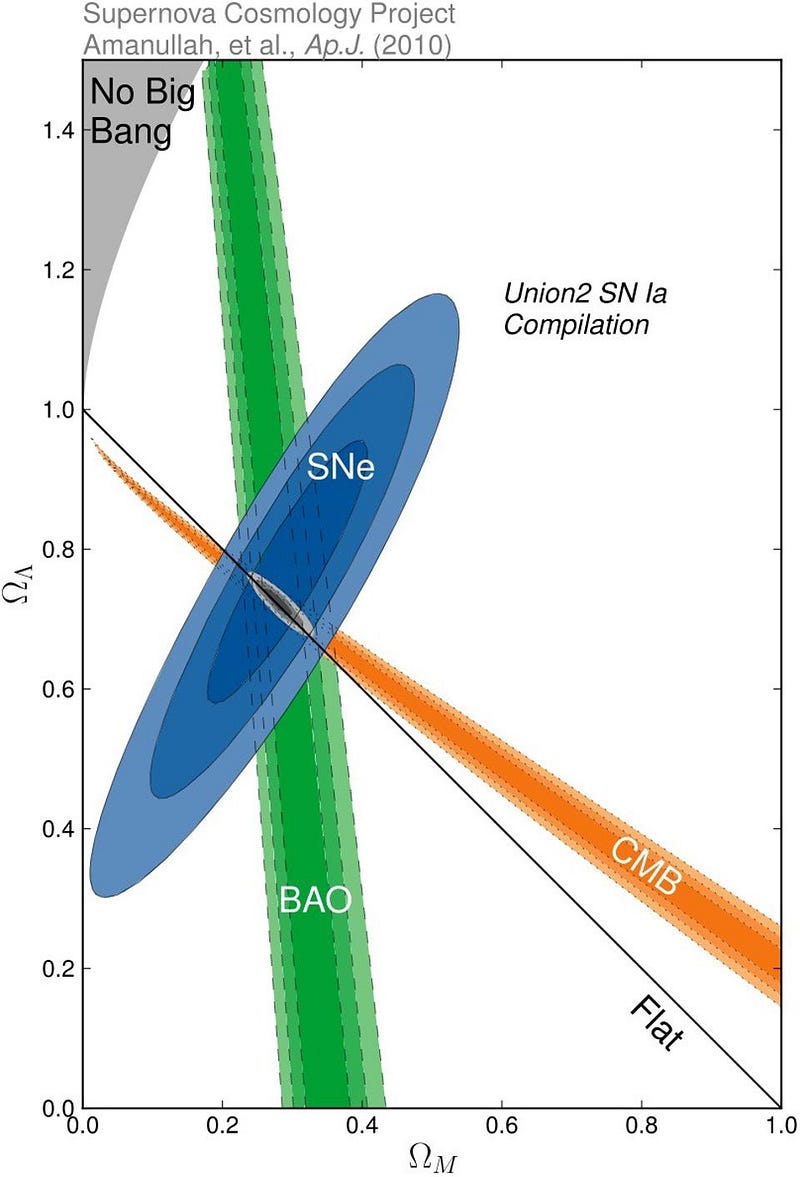
So, it’s a promising idea and it has recently been put to test in a number of papers.
One paper is particularly critical, with the authors claiming that they have ruled out the model by seven orders of magnitude using solar system data. But they seem not to have taken into account that the equation they are using does not apply on solar system scales. Their conclusion, therefore, is invalid.
Another paper that appeared two weeks ago tested the predictions from Verlinde’s model against the rotation curves of a sample of 152 galaxies. Emergent gravity gets away with being barely compatible with the data — it systematically results in too high an acceleration to explain the observations.
A trio of other papers show that Verlinde’s model is broadly speaking compatible with the data, though it doesn’t particularly excel at anything or explain anything novel.
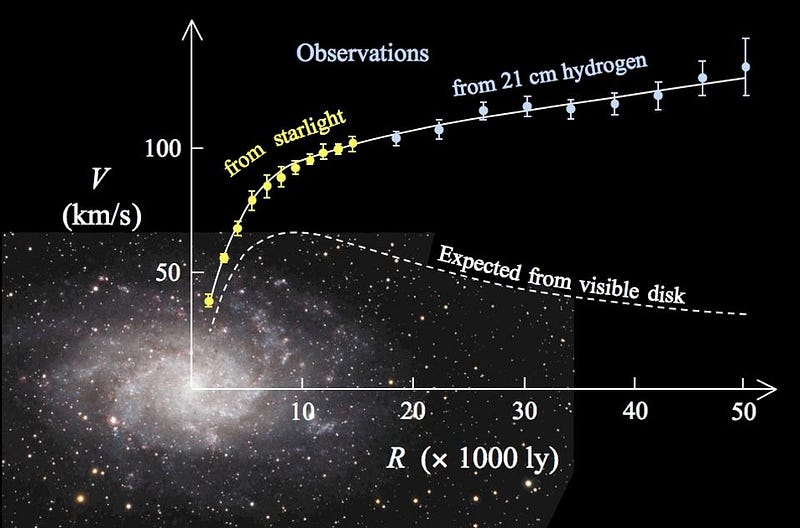
One should interpret these studies with caution. They all test one particular equation that Verlinde derived in his paper, which describes an extremely idealized situation. Moreover, it is not entirely clear exactly which approximations must be made to arrive at this equation to begin with. I therefore regard the existing tests of this model as inconclusive. I am optimistic that with better understanding of the model, it will come to fit rotation curves as well, if not better, as previous variants of modified gravity.
The real challenge for emergent gravity, I think, is not galactic rotation curves. That is the one domain where we already know that modified gravity — at last some variants thereof — work well. The real challenge is to also explain structure formation in the early universe, or any gravitational phenomena on larger (tens of millions of light years or more) scales.

Particle dark matter is essential to obtain the correct predictions for the temperature fluctuations in the cosmic microwave background. That’s a remarkable achievement, and no alternative for dark matter can be taken seriously so long as it cannot do at least as well. Unfortunately, Verlinde’s emergent gravity model does not allow the necessary analysis — at least not yet.
In summary, particle dark matter is doing fine, and emergent gravity still has a long road ahead to outcompete it.
This post first appeared at Forbes, and is brought to you ad-free by our Patreon supporters. Comment on our forum, & buy our first book: Beyond The Galaxy!





